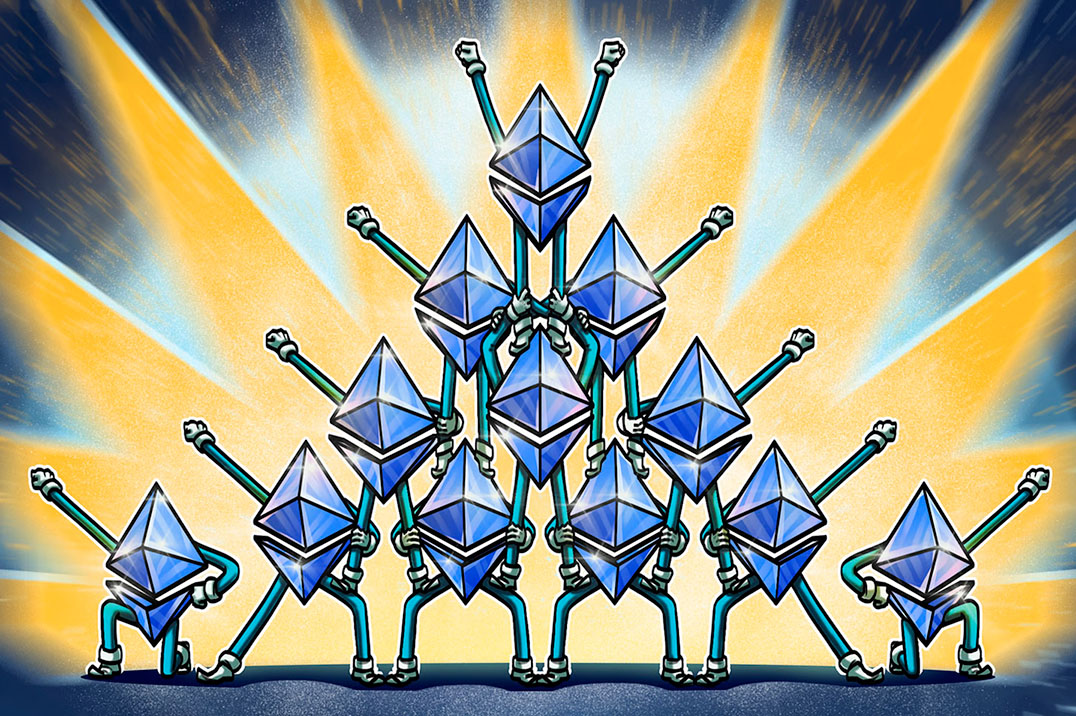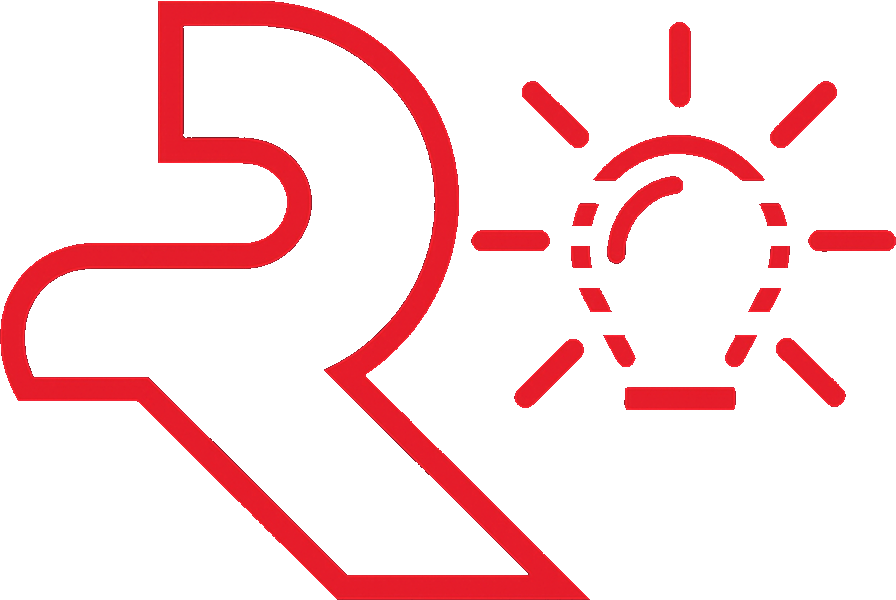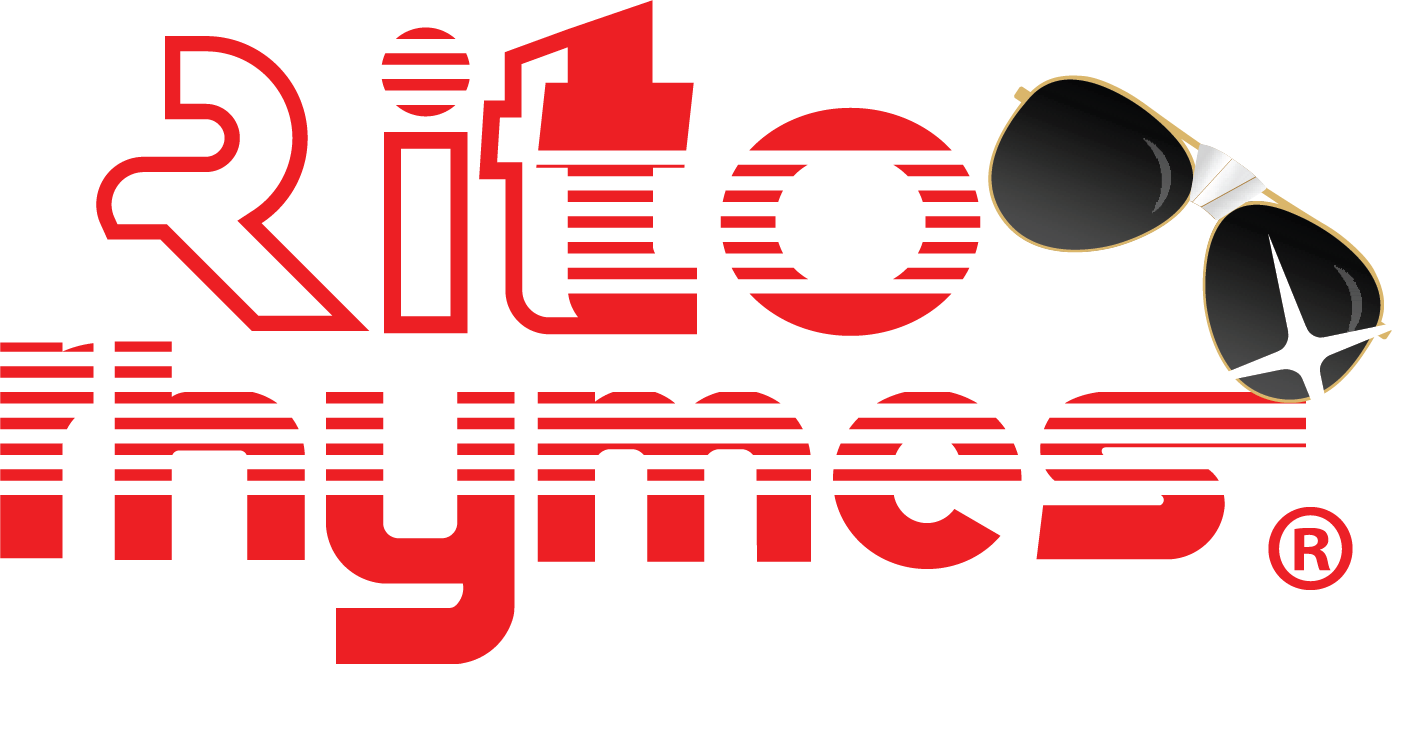The UAS Chronicles:
An ERC Journey with a Legend

Overview
Over a six-month collaboration with William Entriken—lead author of the original NFT standard (ERC-721)—Rito co-authored and positioned a new Ethereum application-layer standard aimed at ecosystem-wide adoption, called Universal Asset Signing.
Entriken’s work on ERC-721 laid the foundation for the multi-billion dollar NFT ecosystem and established him as one of Ethereum’s most influential standard-setters—making this a rare opportunity for Rito to contribute, lead, and learn alongside a true pioneer.
Testimonial
This guy is a strategic thinker and marketing planner & doer.
️ 60-page deck to define your product image? no problem
️ Pitch your project to a committee, who doesn't even know what they want? you got it
️ Go from zero-to-guru in a month to understand your market in technical niche detail? done
️ Self-starter, comes back with solutions before you've specced the problem? on it
I've personally seen him deliver each of these. So money. And has full product turns under belt.
Strategic Responsibilities & Key Activities
- Pitched a new ERC co-authored with William Entriken, designed for broad NFT ecosystem adoption
- Guided branding and strategy for the ERC, including a name, logo and terminologies
- Shaped product roadmap and pivoted according to community feedback and stakeholder needs
- Navigated DAO and governance politics to align stakeholders around standard adoption
- Engaged directly with major blockchain firms (including CTOs, protocol leaders, and foundation heads)
- Negotiated with executives, including Rarible’s Chief Strategy Officer, LeewayHertz’s CTO and Emblem Vault leadership
- Planned a Public Relations campaign for ERC visibility with an agency onboarded
Managed Three Planning Cycles:
Breakdown of Universal Asset Signing / ERC
What problem was being addressed?
When NFTs on Ethereum are minted on a specific marketplace, that NFT can be listed gas-free there using just a signature.
Listing that same NFT on other marketplaces requires separate on-chain transactions with gas fees for each one.
AND
Buyers interested in placing bids on NFTs must pay a transaction fee per marketplace.
This creates a cost barrier for smaller marketplaces and consolidates power with large ones. This barrier is referred to as the Mint-Moat Effect.
The Mint-Moat Effect
This creates a systemic inefficiency that hampers the broader crypto economy with Ethereum as a key hub of cross-chain asset commerce. It stifles competition and innovation not only among marketplaces but it also limits creators', sellers' and buyers' options, leading to reduced market liquidity and higher barriers to entry. Despite the short-term advantages, it is also a net negative for larger marketplaces because the overall market size is inhibited and cross-chain liquidity is constrained.
Consequences
Barrier to Entry for Smaller Marketplaces
Amplifies the ‘Winner-Takes-All’ Network Effect for Larger Marketplaces
Reduced Marketplace Diversity & Asset Diversity
Disincentivized Competitive Pricing
Significantly Limited Exposure for Sellers
Lower Margins for Sellers Seeking Greater Visibility for NFTs
Reduces Potential Asset Liquidity Overall
Environmental Impact (for processing transactions)
How does the ERC “Universal Asset Signing” Address it?
At its heart, UAS introduces an ApproveForAllWithSignature function that allows for off-chain signing bypassing the need for an on-chain transaction for sellers to list tokens or for buyers to place bids; the only on-chain transaction takes place when a buyer makes a final purchase. It can be used to extend tokens such as ERC-721/1155/20 or can be used by wrapping them in a UAS-compliant one, including retroactively to work with legacy tokens. Current methods for off-chain approval signing often rely on backdoors that pre-approve specific marketplaces in advance—requiring creators to know, at mint time, every marketplace they might want to support, including those that don’t yet exist. UAS avoids this entirely, introducing no backdoors and requiring no such pre-approvals.

Stakeholder Benefits
Creators / Sellers
- Greater & more diversified NFT visibility for buyers without additional costs
- Speed & Efficiency with listing assets by signing (not waiting for a transaction to close)
- Competitive pricing (better margins without gas fees)
- Enhanced liquidity potential
Buyers
- Wider selection of assets
- Reduced friction for placing bids across marketplaces
Smaller Marketplaces
- Levels the playing field, allowing them to participate in the market and compete with larger MPs
- Allows much smaller niches to thrive
Bigger Marketplaces
- Larger overall market / audience size
- Receiving opportunities from competitors who don’t have moats
Non-Ethereum / Cross-chain Players
- Other blockchains get more frictionless access to Ethereum market for additional liquidity
To learn more about the adoption strategy and execution efforts, read the narrative accounting
DAO Dialogue Through Dynamic Proposals
The UAS adoption effort included a set of detailed proposals written by Rito and William Entriken to engage directly with the Rari DAO and Foundation. These proposals served as living documents—changing in response to community comments, town hall feedback, and forum discussions.
The link below showcases the initial stages of that proposal evolution, reflecting both strategic thinking and collaborative input.
Post-Mortem Podcast with William Entriken
In this live session on Community Service Hour, Rito breaks down the multi-phase strategy used to drive adoption of the UAS ERC. The conversation explores critical missteps, lessons learned, and how a future attempt might be stronger and more aligned with the ecosystem’s dynamics.
Fully Encrypted Access to ERC
The UAS Chronicles
The Story of Adoption & its Challenges
The UAS Chronicles below is a long-form narrative accounting documenting Rito’s journey co-authoring and advocating for Universal Asset Signing (UAS), a new Ethereum application-layer standard, in partnership and close collaboration with William Entriken—the lead author of ERC-721 (the first mainstream NFT standard that formalized the term "NFT") and a foundational pioneer in the NFT space.
This series offers a rare, behind-the-scenes look at the complex process of driving ERC adoption within the Ethereum ecosystem. It explores the nuanced reality of aligning diverse stakeholders—developers, DAOs, governance bodies, and corporate leadership—toward a common technical and strategic goal.
Structured into individual chapters, each entry provides a focused account of critical phases in the standard’s development, community engagement, and adoption efforts. These are not casual write-ups; each chapter is being meticulously crafted to reflect the depth and complexity of the work involved. While some chapters are currently available, the full narrative is still in progress and will be published over time.
Readers can expect a transparent, strategic, and experiential deep dive into the challenges and breakthroughs of innovating in a decentralized environment.
Conclusion

The Universal Asset Signing initiative, co-authored and led by Rito in collaboration with William Entriken, offers a rare lens into the strategic realities of driving ERC adoption within the Ethereum ecosystem. Beyond the technical work, this effort engaged the broader challenges of coordination—across DAOs, developer communities, and executive leadership within the blockchain space.
Rito played a central role in shaping and guiding the effort from multiple angles. This included developing detailed technical materials for blockchain development teams, coordinating with executive stakeholders at major organizations, and incorporating public-facing strategy as part of the adoption roadmap—including onboarding a public relations firm in preparation for broader visibility efforts.
Supporting this initiative were long-form proposals built to evolve with community feedback—refined through live town halls, asynchronous forums, and collaborative input. The work reflects a deep understanding of how to balance strategic intent with decentralized participation.
Though the current phase of this effort has reached a natural pause, the approach and execution demonstrate a blueprint for others facing similar adoption challenges. Whether navigating protocol governance, engaging technical teams, or aligning stakeholders across fragmented ecosystems—Rito brings a rare mix of systems thinking, strategic clarity, and executional depth.
To get UAS Chronicles on your project, inquire below or learn more about our journey








